Written By: Brad Campbell | January 26, 2022
Classroom windows are an essential part of modern school design. They are both an architectural feature and provide a variety of benefits for students, teachers, and other educational facility staff.
But, as in any type of facility, school windows present a variety of security risks. Any type of glazing, or glass, provides an easy potential entry point for intruders.
All types of commercial facilities are potential targets for burglary, but schools, in particular, are too often the site of an even worse type of crime: active shootings.
When an active threat is trying to gain entry to classrooms to do the people inside them harm, the right windows can deny the shooter access and save lives.
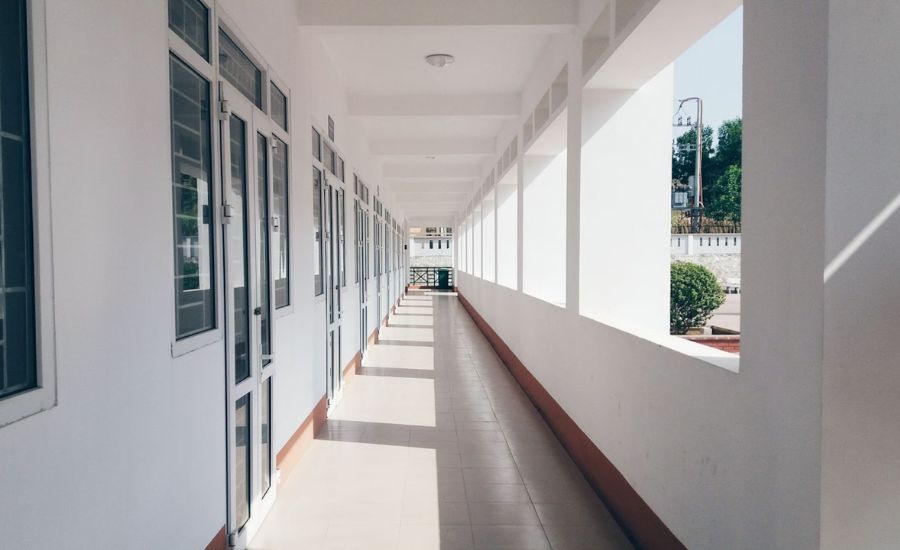
Architectural design aside, exterior classroom windows serve important functions in educational environments. They allow natural light in, make classrooms feel more open, and provide views of the outdoors — something that’s shown to reduce stress and anxiety and improve overall moods.
Windows in classroom doors or hallways also allow administrators or other teachers to pass by and observe classes in session and contribute to an even more transparent learning environment.
In short, windows make classrooms feel less like jail cells and more like open, creative spaces where students and teachers are happy to spend time.
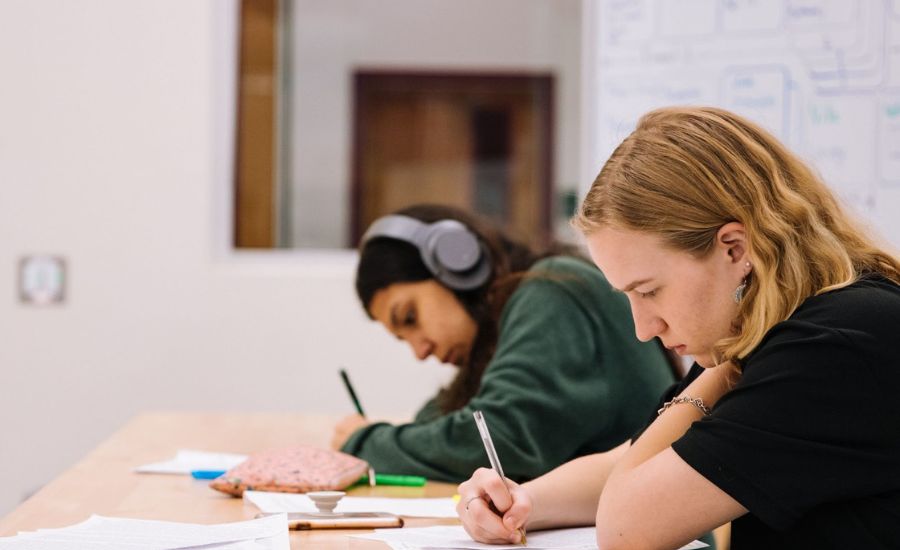
There are three main types of glass used in schools:
Annealed window glass is the most common type of glass out there. It is what you would call standard window glass. Annealed glass is most commonly found in residential applications, but it may also be used in schools and other commercial buildings
Tempered safety glass is a type of strengthened glass designed to break apart more safely than traditional glass.
When it gets broken, tempered glass cracks and shatters into thousands of tiny, relatively harmless cubes. This is why tempered safety glass is used in cars and other vehicles.
By comparison, standard window glass shatters into sharp, jagged shards, which can fly dangerously inwards and potentially cause injuries.
Tempered safety glass may be used in schools where safety is a big concern, such as for large floor-to-ceiling glass windows that someone could potentially fall into and break.
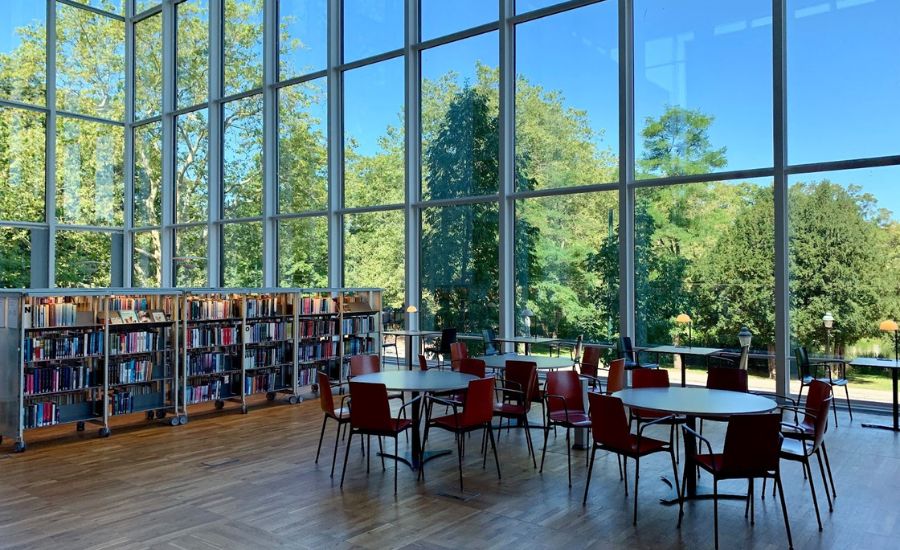
Wired glass is another type of safety glass that’s commonly found in schools. This type of classroom glass has a layer of wire mesh inlaid in the glass, which is primarily meant to prevent the glass from shattering if high temperatures cause the glass to break, as a fire safety measure.
There’s one big problem with these three types of traditional and safety glass windows in classrooms: they don’t do anything to prevent forced entry.
In the unfortunate event that an active threat scenario unfolds on a school campus, the first thing they have to do is gain access to the school.
If the school is already locked down and the shooter is outside, they can easily shoot out a glass door or window to get inside and start causing harm.
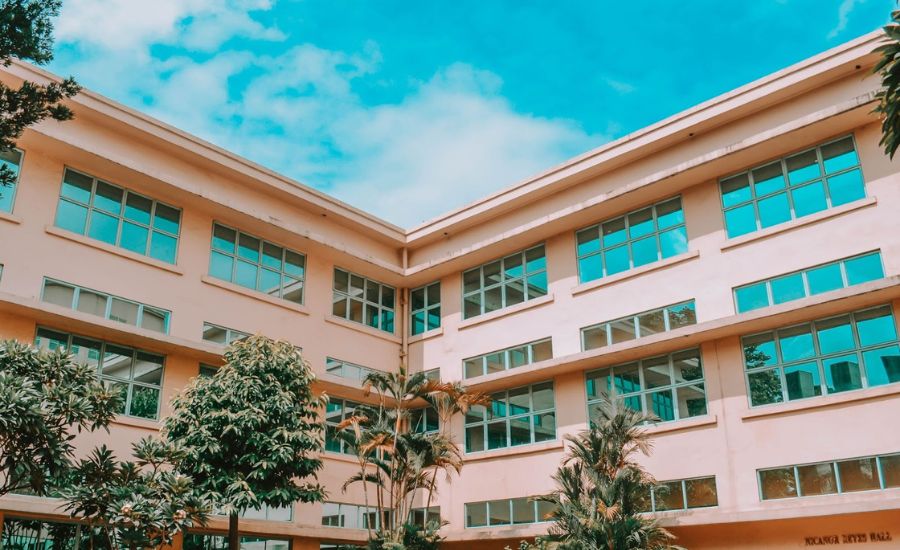
If a shooter is already inside and prowling the hallways of a school, teachers are trained to lock and barricade their classrooms to protect the lives of students.
But, a school shooter can still shoot through glass doors or hallway windows, smash them out, gain access to locked classrooms, and hurt those inside of them.
This is why more and more schools are reinforcing windows in classrooms to protect their staff and students.
There are a variety of different options for schools to reinforce their windows against active threat attacks. These range from non-ballistic, containment-grade school window reinforcement to ballistic, bullet-resistant classroom glazing.
Budget is always a concern when it comes to implementing new security measures in schools. With that in mind, the most cost-effective option for fortifying schools against active threats is a security glazing retrofit, preferably with ballistic-grade polycarbonate glazing shields.
This means that, instead of replacing a classroom's windows with new bullet-resistant windows, you instead use the existing framing systems to support new security framing, infilled with bullet-resistant polycarbonate sheets.
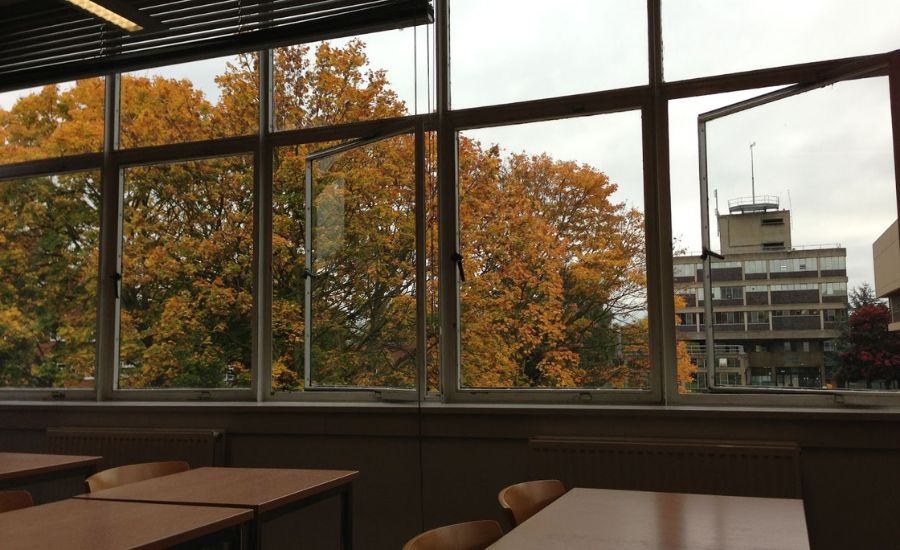
Polycarbonate is an extremely robust type of plastic that, depending on how many layers the sheets have and their overall thickness, can stop one or more bullets from specific types of firearms.
If a classroom is under attack by an active threat attempting to shoot through its windows, this buys valuable time for individuals inside the room to react by getting down, taking cover, and waiting for the police to arrive and neutralize the shooter.
Even when riddled with bullets, polycarbonate does not break or significantly diminish in strength, so the shooter can’t dislodge the window or pass a hand through it to open a door from the inside.
Benefits of polycarbonate security glazing retrofits:
Even containment-grade polycarbonate glazing provides many of the same benefits as ballistic-grade classroom glazing, with the difference that it doesn’t stop any bullets.
Non-ballistic school glazing still creates a physical barrier to forced entry and provides classroom access denial to protect lives and give the police or FBI time to arrive during an active threat incident.
School shootings can unfold anywhere. Things like cameras, access control systems and security personnel are great to have, but they don’t physically protect classrooms against forced entry by an active threat.
When combined with the proper training for teachers and students (run, fight, hide), a classroom window ballistic glazing retrofit can minimize harm and save lives — without compromising on all the positive ways windows contribute to learning environments.

Riot Glass LLC manufactures and installs state-of-the-art retrofit security glazing solutions for active threat and forced entry protection. Contact us today for a school threat assessment and consultation.

HOW CAN WE HELP YOU?
